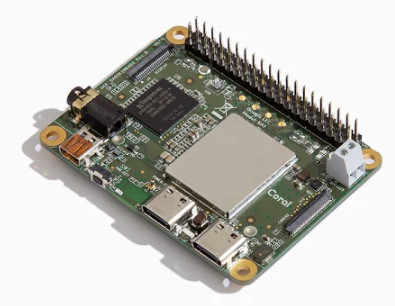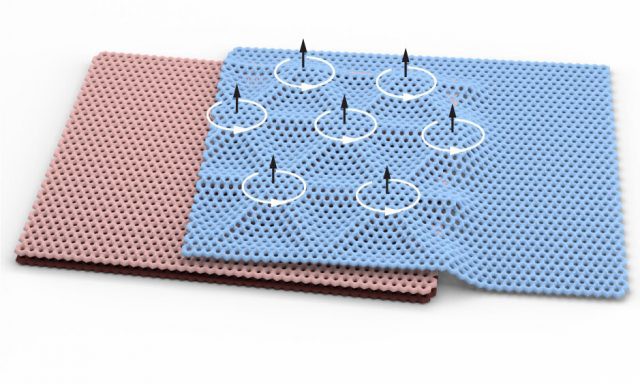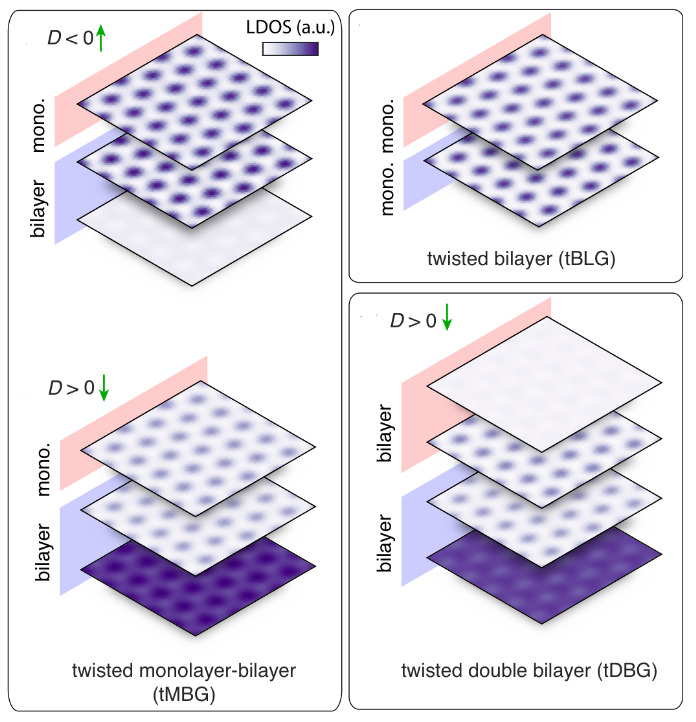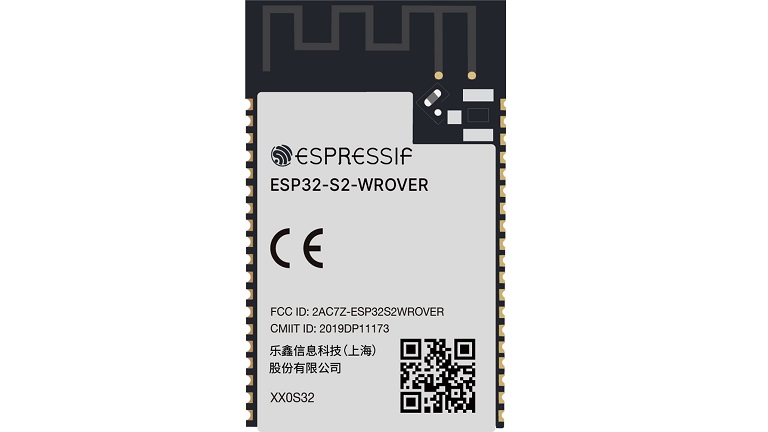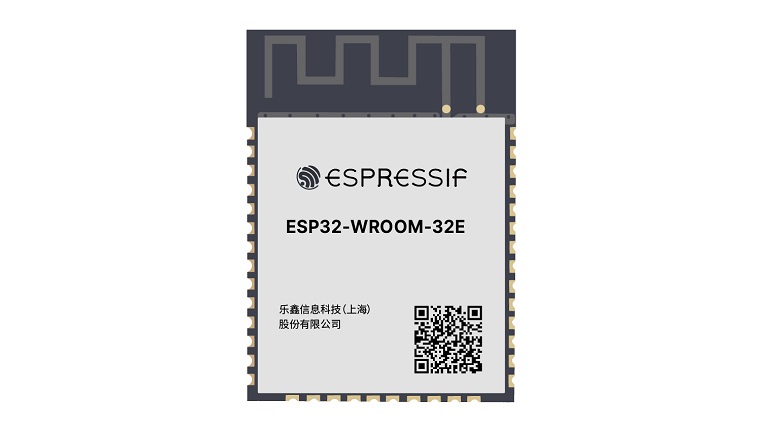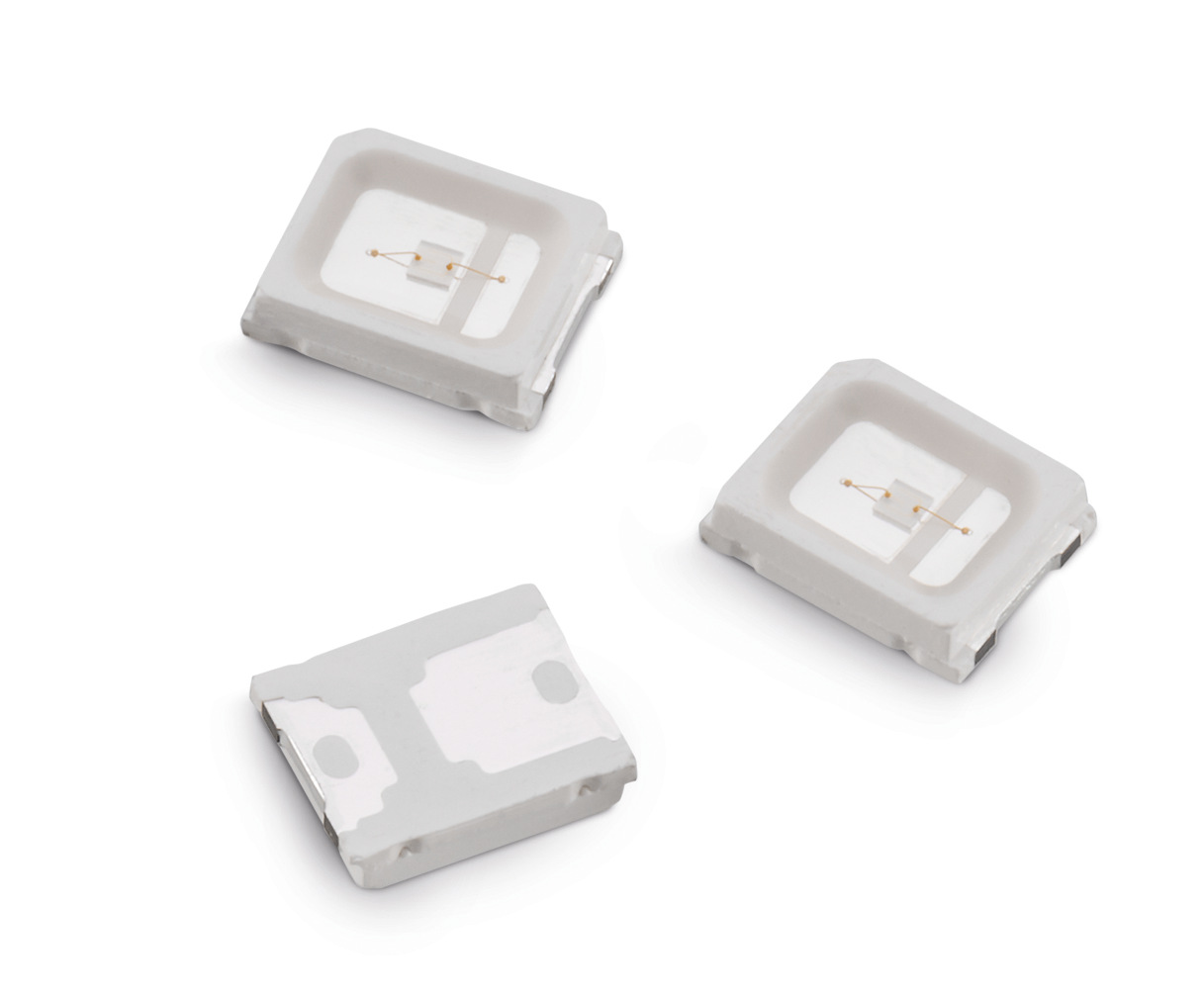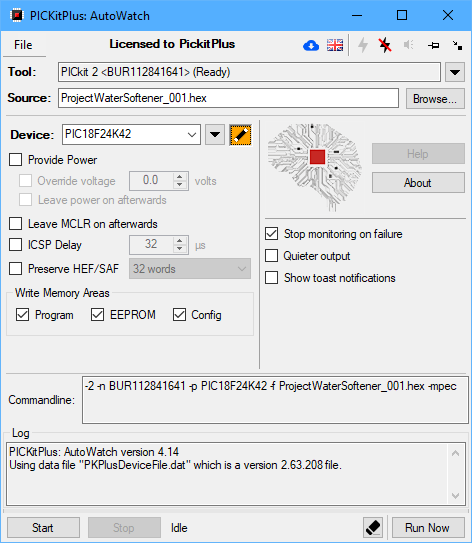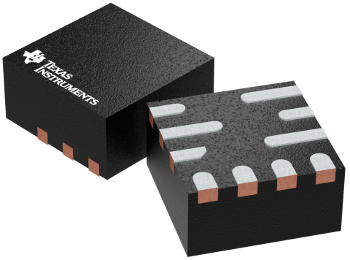Advantech, a world leader in embedded A-IoT, launches SMARC 2.1 SOM-2532 featuring the latest 10 nm Intel® Elkhart Lake processor. SOM-2532 offers up to 4 cores and yields 40% better CPU performance and improved graphics processing compared with previous models. This innovative solution supports multiple I/O and displays including two GbE LAN supporting TSN PHY, three independent 4K displays, two USB 3.1 Gen 2 (10Gbps), and 1 x SATA Gen3. With its improved processing power and diverse I/O, SOM-2532 is an excellent choice for a variety of applications including industrial control, transportation and medical applications.
The latest SMARC 2.1 product offers significant Improvement of performance
Advantech´s SOM-2532 complaint to SMARC 2.1 specification debuted in March 2020. This solution is powered by Intel´s® Elkhart Lake Processor and supports on-board LPDDR4 3200Mt/s up to 16GB with IBECC (In-Band ECC). Advantech’s design features on-board UFS2.0, dual GbE LAN with TSN PHY, two CAN FD for higher data-throughput and 3 independent displays up to 4K. The new generation increases CPU performance by more than 40% and graphic performance up to two times compared to its predecessor. Non-volatile memory speeds improved, compared to eMMC 5.1 as SOM-2532 with UFS2.1 implementation can achieve a 40% increase in sequential read and a 20% increase in sequential write speeds.
Low Latency Transmission Technology Improves Data Synchronization
SOM-2532 features USB 3.2 Gen2(10GT/s) and PCIe Gen3(8.0GT/s), both of which are considerably faster than their predecessors. CAN-FD enables a maximum 8Mbps data transfer rate and would reach 10x the speed of the payload transmission, which is vital in data-intensive applications. Low latency and also classic CAN devices are supported in many cases. Using an increased data payload size and CAN-FD protocol, SOM-2532 enhances security. SOM-2532 utilizes TSN PHY to improve device communication accuracy. This system improves the precision of data synchronization over the network and minimizes jitter to reduce latency during real time device communication. SOM-2532’s combination of attributes makes it an ideal solution for applications in automation and transportation industries.
High Level Security and Stability Protects Data
SOM-2532 is equipped with dual LAN to improve cybersecurity in industrial automation. Users can connect multiple systems or schedule firmware updates using WISE-PaaS/OTA via an internal LAN to protect important data. They can also conduct external communication via an independent LAN in diverse usage conditions. Soldered LPDDR4 memory features an anti-vibration design and an on-board UFS to ensure product stability. Similarly, this wide operating temperature (-40 ~ 85 °C /-40 ~ 185 °F) of the device improves system reliability. Additionally, SOM-2532 utilizes FUSA (Functional Safety) to reduce dangers caused by machine malfunction. These features make SOM-2532 a safe option for portable devices and industrial applications.
Key Features
- SMARC V2.1 Specification Compliant Module with Intel® Elkhart Lake processors
- 2 ~ 4 Core CPU with up to 16GB LPDDR4 3200MT/s and IBECC supported by specific SKUs
- 3x independent displays: LVDS (1920 x 1200 @ 60Hz/eDP), DP++(up to 4096×2160 @ 60 Hz), and HDMI (up to 3840×2160 @ 30 Hz,4096×2160 @ 60 Hz)
- 4x PCIe x1, 2x GbE LAN support TSN, 2x USB 3.2 GEN2, 4x USB 2.0, 14x GPIO
- 1x UFS on-board, 1x SATA III
- Operating temperatures: Standard 0 ~ 60 °C (32 ~140 °F), Extended -40 ~ 85 °C (-40 ~ 185 °F)
- Supports Advantech iManager and WISE-PaaS/DeviceOn
Advantech’s SMARC 2.1 Design SOM-2532 is available now. For more information regarding SOM-2532 or other products and services, please contact your local sales support team or visit our website at www.advantech.eu. Learn more about Advantech’s local customization options under http://bit.ly/AdvantechDMS


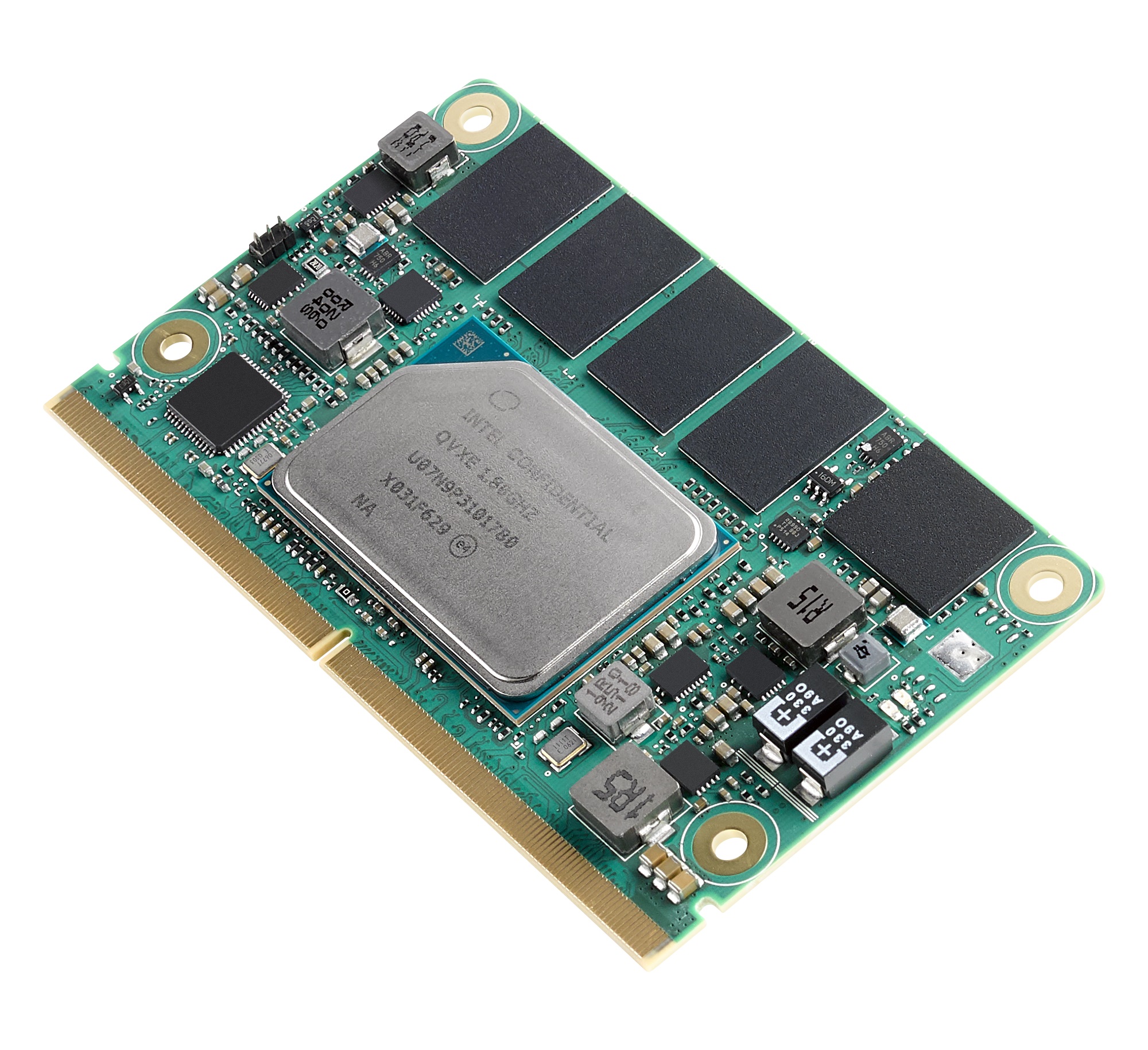
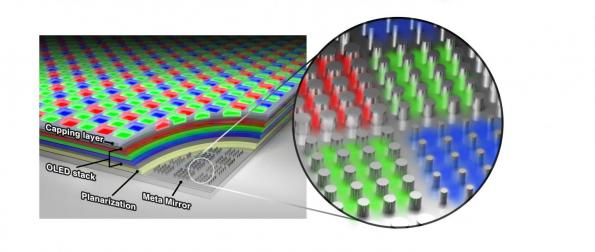
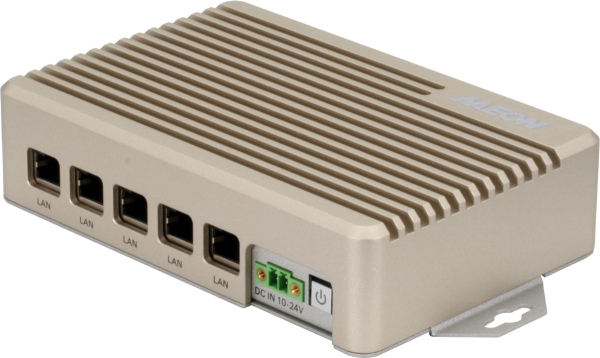
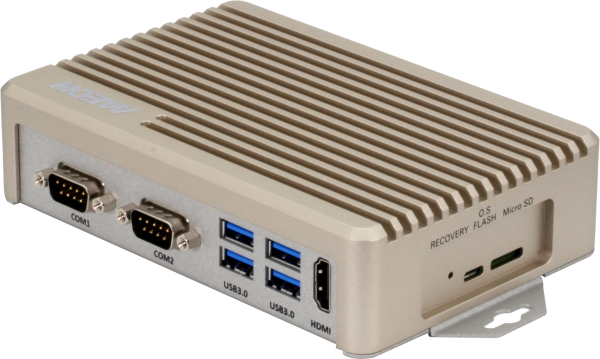

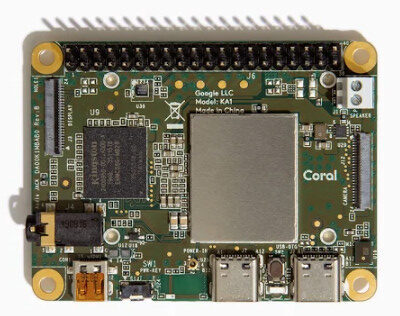 At the beginning of this year, we saw Google’s announcement of a stripped-down
At the beginning of this year, we saw Google’s announcement of a stripped-down 